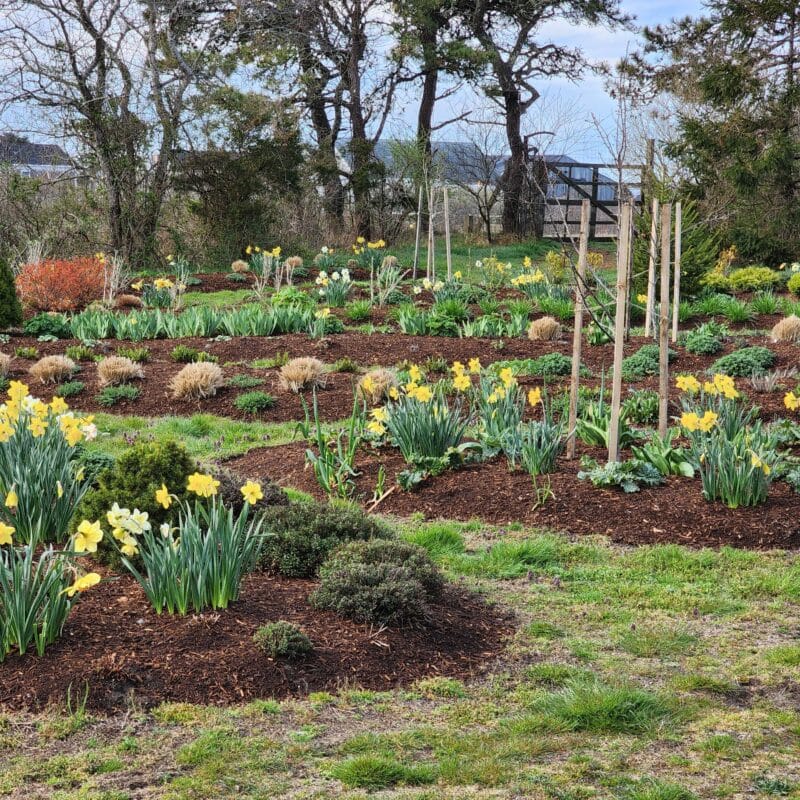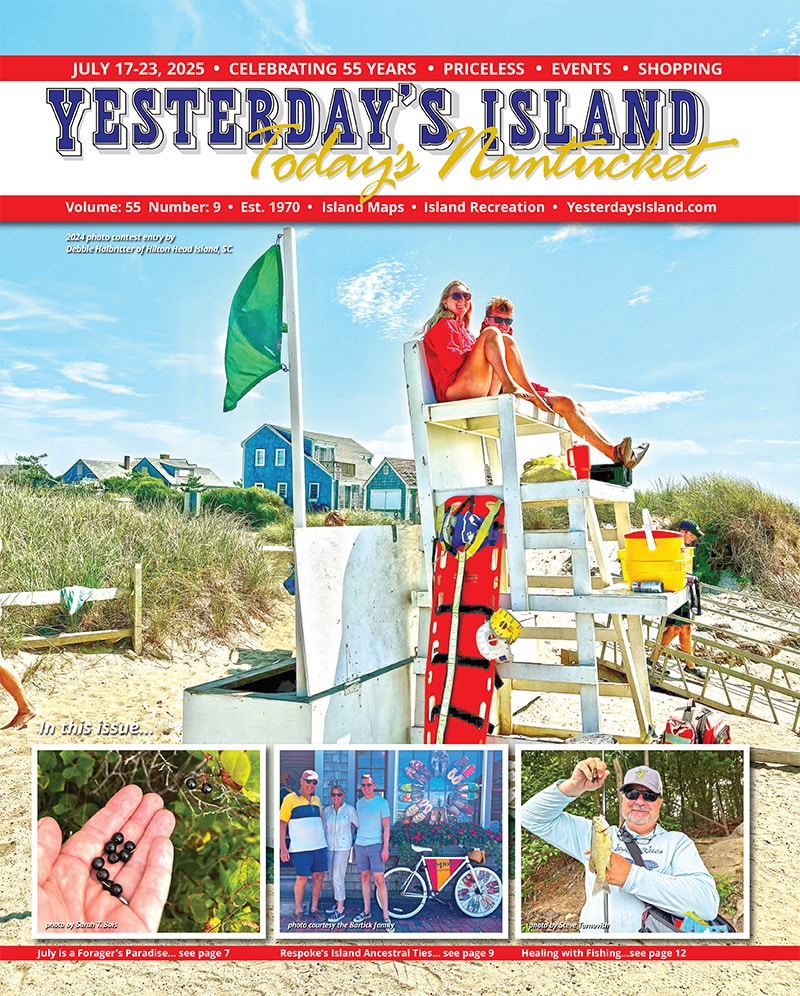by Greyson Keller
Spring moves fast,
But gardens are forever.
Summer is the show,
But the night is clever.
Autumn exhales,
And the sun gives ovation.
Winter is dormant,
And together they are creation.
When I was little, I was surrounded by gardeners. My mother learned from her mother, and my grandmother from her mother. My grandfather would drive an old Kubota and forever maintain the rock walls on a small farm the family had in Westport, MA. We spent all our holidays on the farm. Thanksgiving was definitely a favorite of mine growing up. All the cousins, aunts, uncles, grandparents, friends and acquaintances took treks with the pack of dogs down the long winding driveway to the pond, just so we could traverse the rickety-rackety bridge. We kids would hop the stone walls, dodge cow pies, and race to the water’s edge in search of treasure that had washed up. I remember my cousin Milicent once found a sea horse completely intact. What a day! On the way back up to the house, there were often ripe pears dangling from the trees. I was just big enough to climb up and collect a few each time. My first tooth was lost whilst blissfully biting into one of those pears. Thinking about it today, it was an idyllic setting to lose a tooth: sun low in the sky, pears dangling in the dimming light, and me, perched on a boulder below, bleeding from my mouth, pear in hand smiling from ear to ear.
As I grew older, the sheer ecstasy of romping round the farm began to wear off. The more dignified years of my early teens enabled me to ponder the surroundings from a different perspective, as really, a different person. The whole property, although a farm, was beautifully landscaped. The immediate surroundings of the main home was divided into outdoor rooms. There was a room for morning coffee, an area for lunch, a seated space for afternoon tea and biscuits and, of course, there was a hidden garden. I was immersed in gardening and landscape design without even realizing. My great grandmother would spend hours in the hidden garden, which was really a large potager, complete with a koi pond, teak benches, and obelisks to give height and structure. There were pea stone paths leading to openings in hedges—the odd window in the hedges giving way to a view borrowed from the broader landscape. I can still remember the mystery of what might lie beyond those hedges.
There were hard lines and soft plantings. The sound of trickling water floating along to the faint wind chime in the distance. There were strategically placed statuaries that brought life to the theatre of the landscape. All senses were on high alert. Rock walls outlined the rolling fields and created borders and backdrops in the garden, and perennials with a beautiful rhythm of heights, textures, and bloom time.
All four seasons had an interest that not only didn’t feel forced, but felt integral. It was as if the gardens had been laid out by a divine designer. Everything felt at home: there was a sense of place. I began to understand that the tractor rides weren’t just for the pure pleasure of riding on a tractor with the wind in your face and the sun on your neck, but rather a necessity, to complete a job. That didn’t subdue the magic of the moment or the whimsy of my wandering. If anything, it ignited it. All of a sudden, I realized that it wasn’t just God or Mother Nature that created the overwhelming sense of place that I experienced on the farm. It was us. It was the people who tended it.
That meant that even at home, in our tiny, rented apartment on Nantucket, we too, could create a beautiful sense of place. We could create meaning in the mundane. We could develop the drab, invigorate the environment. We could design our gardens, no matter how small. From that moment on, I tried to turn balconies into botanical wonders, porches into paradise, and apartments into arboretums. This was my way of making the Nantucket shuffle feel a little more like home. It’s the classic tale of while in search of my grandmother’s garden, I found my own.
To me, sense of place is the feeling of not only being exactly where you are, but wanting to be nowhere else in the world. There are moments that, much like a butterfly, flutter by, so when they happen, pause and soak them in. They can catch you off guard and may be as little as seeing the green of a seedling first pop through the soil in the morning, hearing the birds sing, sway and dance in the wind, or watching all the laughing daffodils as the antique cars drive by honking their horns. This weekend, when you are sowing seeds or picking weeds, try to take notice of the sense of place you can create. Maybe it’s a nook that could use a bench for contemplation or a spot in the sun that might benefit from a birdbath. Do you possibly have space for a small pond to encourage wildlife to come and frolic? Add a sculpture by your favorite artist or create a sculpture of your own. Try to develop a space or outdoor area that provides opportunity for theatre. Excite your senses with the smell and taste of fresh herbs, hear the mellow tones of a wind chime or the trickle of water as it flows. Plant trees, shrubs and perennials with different textures to feel.
We’re still early enough in the spring to take the time to plan some of this out. Take a few quick measurements, grab a ruler and pencil, and scribe the outline of the space on some graph paper. Make a list of what it is you want in and from your garden. Do you want your garden to be productive with veggies or flowers? Do you want it to just be a tranquil place to sit and unwind? Do you want to have a shaded area to give shelter from the summer sun? Possibly the opposite, a place to worship the sun? Whatever it is you want from your garden, make the time to plan it out, you’ll thank yourself later.
Spring moves fast, but gardens are forever. Not every task needs to be completed: much better to do half of the tasks well, than all tasks with half a heart. If you think about it, each of us only has maybe 80 or 90 springtimes in our lives. Some of which are swallowed up by childhood and during others we may not be as active as we once were. Use your time and watch the seasons melt into each other as you develop your space. Notice where the sun is during winter, then again in summer. Notice the microclimates from season to season and plant accordingly. As you are doing all this, time passes, and as the garden grows so does the gardener.



